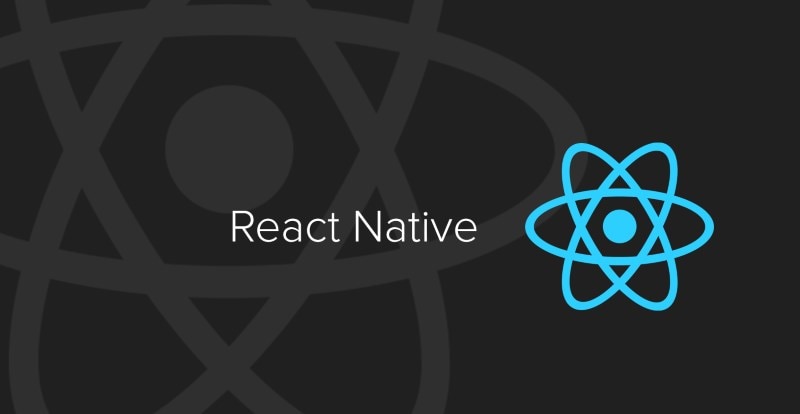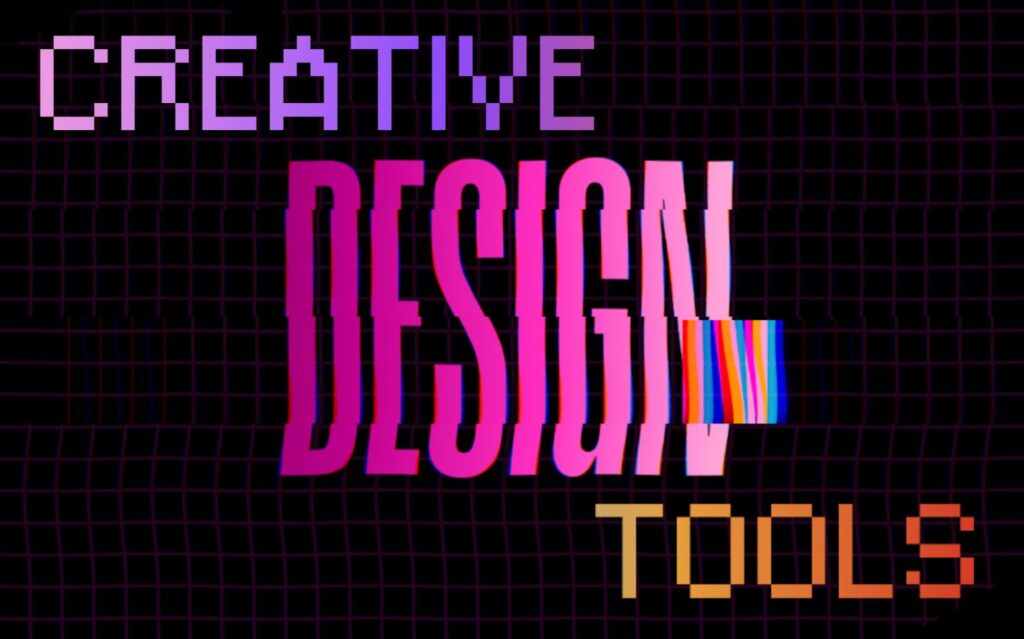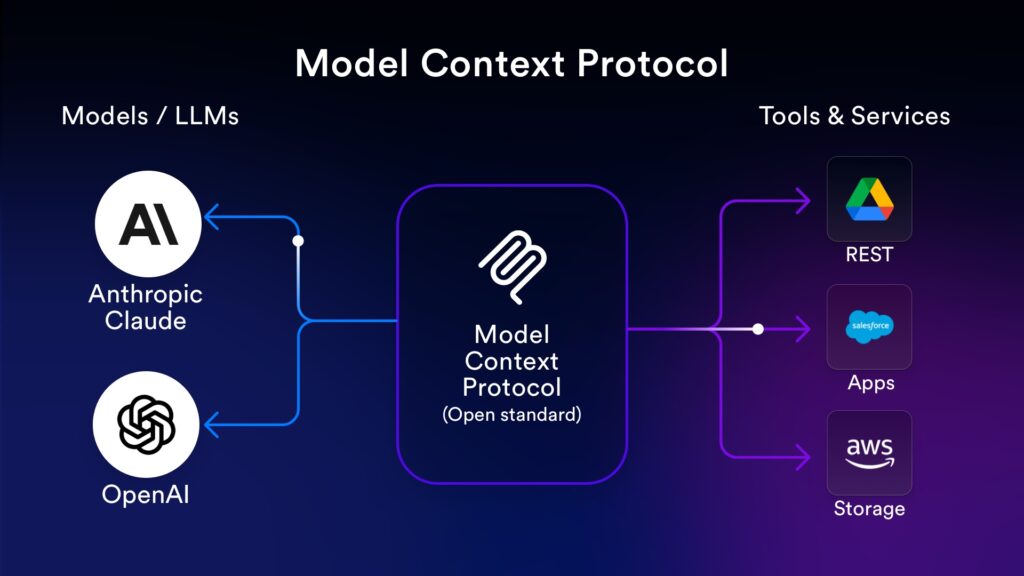Many businesses are getting ahead of their game by investing in mobile applications.
Given that over 2 billion people worldwide have access to a smartphone, they’re a great way for your business to engage with customers. They also play a key role in keeping your business trendy, productive and efficient. Here we discuss Facebook’s React Native and its benefits for business software and application development.
What is Native?
Firstly, let’s clarify the main differences between ‘Native’ applications and ‘Mobile Web’ Applications.
Where ‘Mobile Web’ applications are accessed through your mobile’s web browser, ‘Native’ applications are downloaded straight onto your device, often from an App Store. Web applications generally don’t function without internet connection, whereas a Native app can. Native apps have better user experience and performance in comparison to Mobile Web apps. However, Mobile Web apps are usually easier to develop because they use web technology.

What is React?
Another major limitation of Mobile Web apps is their inability to access your devices hardware such as the GPS sensor, the accelerometer or camera. Rather than relying on a Web view for these functions, Native apps are compatible with your device’s hardware meaning you can develop richer apps with a responsive (‘reactive’) user experience.
As a result of these differences, businesses often face compromises when it comes to choosing a mobile application framework and tool kit suitable for use on different mobile platforms (e.g. iOS and Android). Do you go for something that performs better, or something that is easier to develop?
This is where Facebook’s React Native is proving to be a big game-changer in mobile application development. Its user interface (UI) design framework is bridging the gap between the productivity of Mobile Web technology and the functionality of Native apps.
So how is it bridging the gap? And how does this benefit your business?
Fast & cost-effective application development:
Before React Native, Developers would have different processes and codebase for Native applications to work on different mobile platforms (i.e. iOS and Android). For example, Developers would have to design the same application in Objective-C or Swift code for iOS and then in Java code for Android. This leads to high development and on-going maintenance costs which is why Mobile Web Applications were often favoured as they are faster to develop and can be used on multiple platforms. But then again, they don’t perform as well. React Native uses JavaScript – a very popular language used in web development. This means you can build a Native application and design UI’s suitable for many platforms without your Developers having to work on different codebases. Below our Android and iOS Developers explain how it’s made their life easier:
I was able to settle into React Native with relative ease. I’m now almost as comfortable with JavaScript as I am with Swift. The newest JavaScript implementation, ES6, has also meant I don’t have to type as much boilerplate to get the same functionality which speeds things up. I’m still very much at the early stages of learning the deepest darkest secrets of React Native, and I’m excited to delve deeper as the library matures.
Internally, our Developers share 90% of code to develop Native applications for our clients. Using Facebook’s react Native allows Developers to build truly Native applications in a fraction of the time which saves your business money. In this way, React Native brings the fast development cycles of web technology to the mobile platform; whilst still retaining speed, agility and efficiency. Therefore, bridging the gap between productivity and functionality.
I think the main thing is my colleague and I can now collaborate on one codebase that uses the same language. Whereas before, I would have found it hard to work on his code because I’m not as familiar with the iOS language as he is and he would’ve found it hard to work on Android code.
The benefits of fast development and cost-efficiency also means you also have more
Design flexibility:
Because Developers only have one codebase to work with, their productivity is increased. Meaning they can include more features for the amount time and money you’re willing to invest as a business. More features will make your application sparkle and will certainly boost engagement and conversion rates.
Nowadays, it’s one of the most popular mobile application frameworks used among Developers. Facebook has already stated plans to continue investing in its growth so it’s worth using it if you’re not already and getting started with React Native is easy for your Developers; especially if they already know JavaScript.
We understand that businesses want to keep up with advances in technology, which is why we offer services in software development and application design. Our Developers are currently using React Native for developing a mobile application for one of our clients. If you’re curious to see how our team can help your business develop a piece of software or mobile application, feel free to contact us. We’d be happy to help.
Table of contents


